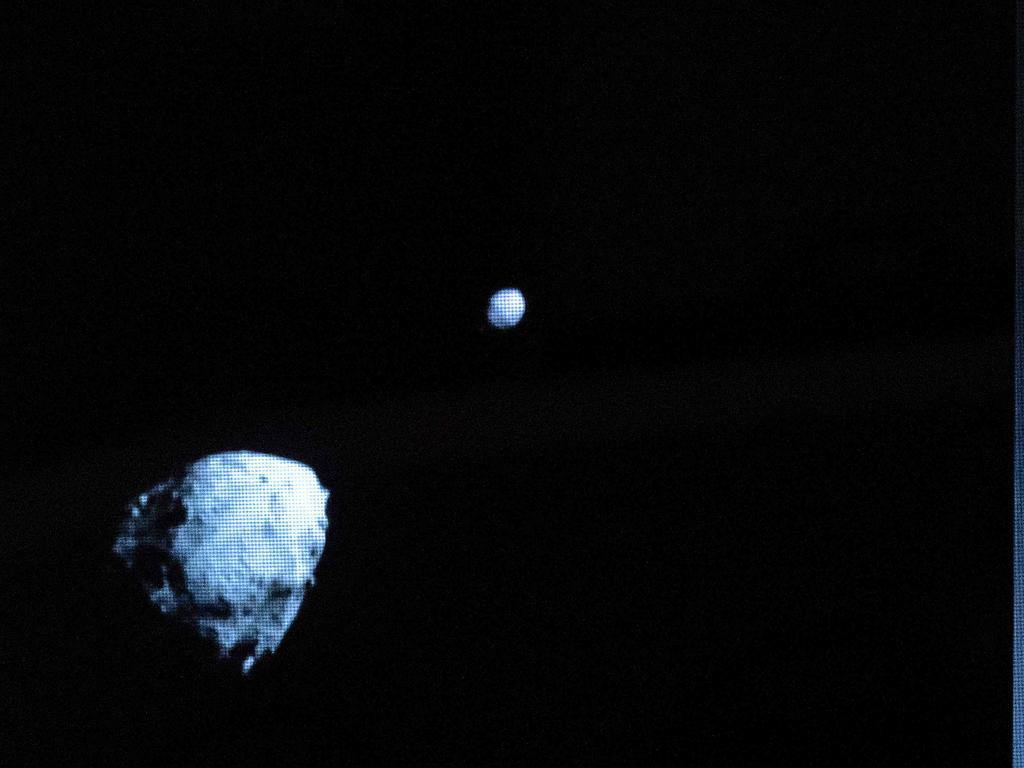Mystery deepens over the universe expanding too fast
Scientists may need to rewrite their understanding of how the universe has evolved since the big bang.

The fabric of space in the universe is expanding at more than 160,000 miles per hour, according to the most precise study ever of the composition and evolution of the cosmos.
The measurement has deepened one of the biggest mysteries in astrophysics because it is faster than the expansion rate predicted by scientific models, suggesting that scientists may need to rewrite their understanding of how the universe has evolved since the big bang.
Scientists leading the Pantheon+ analysis observed super-bright supernovae dotted round the universe. Just as a police car’s siren appears to drop in pitch as it moves away from you, the light from distant stars and galaxies becomes redder as they speed away. By analysing the extent of this “redshift”, astronomers can calculate how fast they are moving away and therefore how quickly the universe is expanding.
In our region of the universe, this rate of expansion – the Hubble constant – has been measured at 73.4 km/sec per megaparsec, a term denoting 3.26 million light years, or 19 billion billion miles. Put another way, if two points in space are 19 billion billion miles apart, the distance between them is growing by 160,000 miles per hour.
This is not because they are moving away from each other through space, but because the fabric of space between them is stretching. Imagine the raisins in a cake mix being pushed apart as the batter between them expands in the oven.

This measurement poses a problem for scientists. The standard model of the universe, backed up by measuring background radiation that permeates the cosmos, suggests this rate should be more like 67.4km/s per megaparsec, expanding at about 148,000mph.
This discrepancy is known as the “Hubble tension”. It suggests there is something awry in standard theories or perhaps even that there is some exotic new physics going on in the very early universe that scientists do not yet understand.
It was hoped that the new study, published in The Astrophysical Journal, might resolve this tension, but “the profound discrepancies remain as stubborn as ever”, said Dillon Brout of the Harvard & Smithsonian Center for Astrophysics.
The universe began with the big bang 13.7 billion years ago. Since then, space itself has been expanding. It was once thought that the universe’s gravity might be strong enough to slow down this expansion and eventually stop it altogether, bringing the cosmos crashing back down into a single point again.

In 1998 observations suggested, however, that the expansion of the universe is accelerating. The Pantheon+ study published this week is twice as precise as those first measurements 24 years ago and confirms the acceleration.
Scientists calculated that about two thirds of the universe is made up of dark energy, which is thought to pervade the cosmos and push galaxies apart, causing the expansion of the universe to accelerate. The remaining third is made up of matter, mostly in the form of dark matter, an equally mysterious concept. Dark matter does not absorb, reflect or emit light or energy and so can only be detected through the gravitational influence it exerts on visible matter.
Neither dark energy nor dark matter has ever been directly detected, but both are thought to be crucial in explaining the evolution of the universe.
“With this combined Pantheon+ dataset, we get a precise view of the universe, from the time when it was dominated by dark matter to when the universe became dominated by dark energy,” Brout said.
The Times







To join the conversation, please log in. Don't have an account? Register
Join the conversation, you are commenting as Logout